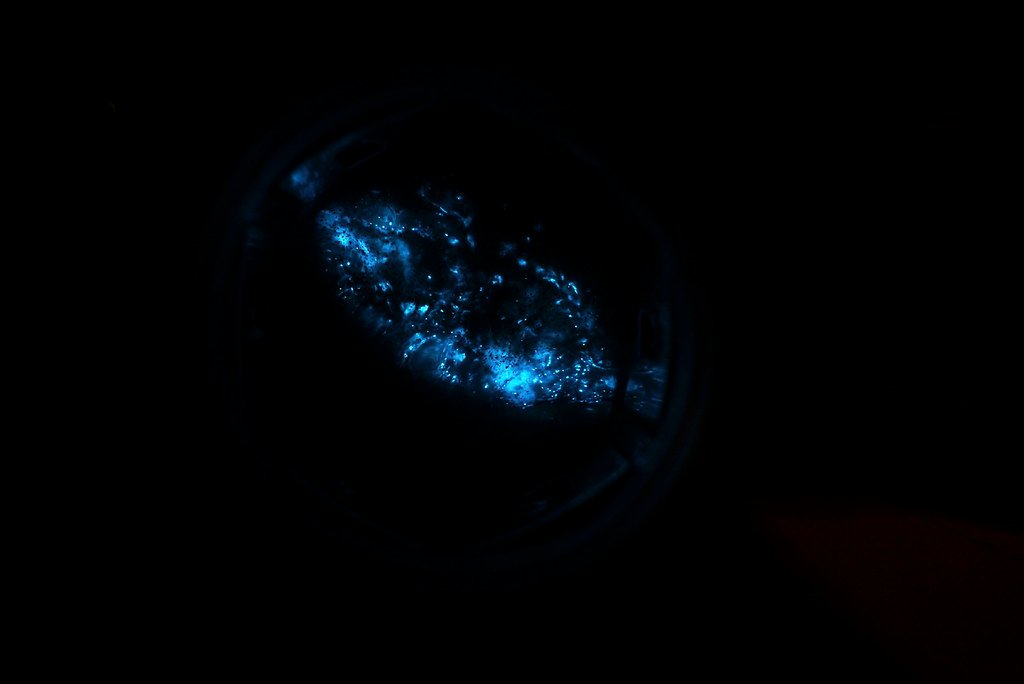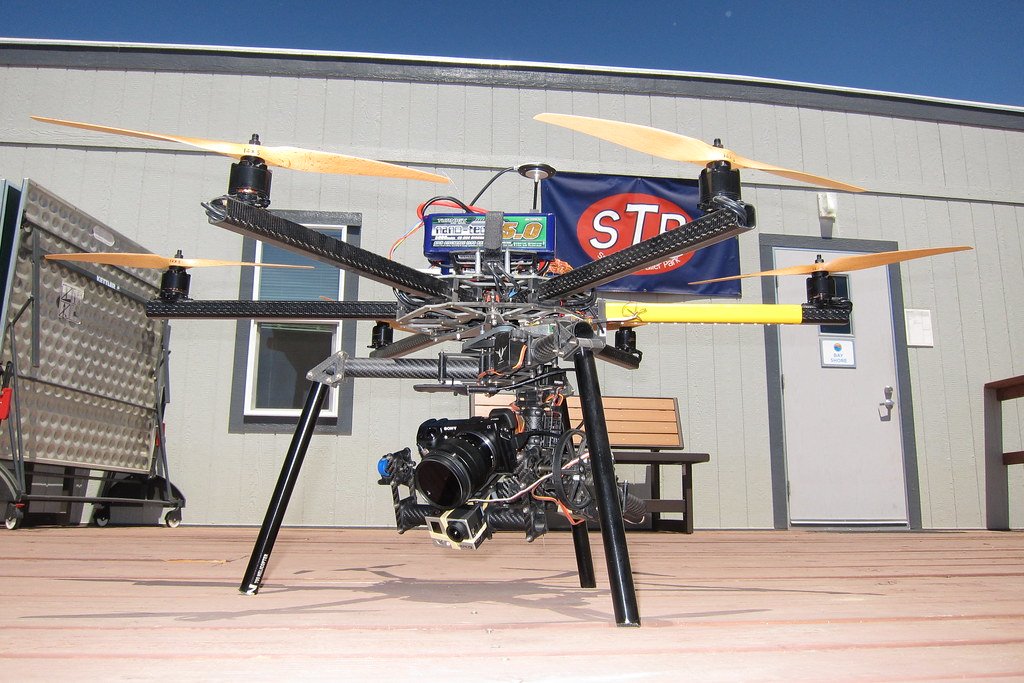Imagine plunging into the inky blackness of the deep ocean, where sunlight never reaches and silence seems absolute. Suddenly, a dazzling display of pulsing lights flickers through the water—a secret conversation in glowing code, exchanged by creatures most of us will never meet. These are squids, masters of bioluminescence, who have turned their bodies into living lanterns and developed a language of light that is as mysterious as it is mesmerizing. Their fluorescent signals are more than just beautiful; they are essential for survival, courtship, and even deception. What secrets are squids sharing in the dark? Let’s dive into the astonishing world of fluorescent communication beneath the waves.
The Deep-Sea Darkness: A Kingdom of Light
The ocean’s depths are an alien world, shrouded in permanent darkness beyond the reach of the sun. In this endless night, vision depends not on daylight but on the astonishing ability of creatures to generate their own glow. Squids, among the most dazzling of these light-makers, use bioluminescence as a way to survive and thrive, turning the dark into a living, blinking conversation. Their bodies, equipped with millions of tiny light organs, allow them to illuminate their environment, find food, and communicate in ways that seem almost magical to us. In a place where most predators rely on stealth, producing light might seem risky, but for squids, it’s a lifeline.
What is Bioluminescence?
Bioluminescence is the remarkable natural phenomenon where living creatures produce and emit light. This process is typically driven by a chemical reaction between a light-emitting pigment called luciferin and an enzyme called luciferase. In squids, this reaction takes place within specialized cells or organs, allowing them to flash, shimmer, or even glow steadily. Unlike the artificial lights we know, bioluminescent light is cold, not wasting energy as heat. This efficiency is crucial for deep-sea dwellers, where resources are scarce, and every spark of energy counts. For squids, bioluminescence isn’t just a party trick—it’s a sophisticated communication tool.
Fluorescence Versus Bioluminescence: What’s the Difference?
Though the terms are often used interchangeably, fluorescence and bioluminescence are not the same. Bioluminescence is light produced by a chemical reaction inside an organism, whereas fluorescence occurs when an organism absorbs light at one wavelength and emits it at another. In the deep sea, squids can combine both, using bioluminescent flashes alongside fluorescent patterns that absorb and re-emit the faintest glimmers of light. This dual ability lets them communicate in a way that can be subtle or spectacular, depending on their needs. Fluorescent codes can be tuned to certain colors, making some signals visible only to those with the right eyes—often other squids.
The Anatomy of Squid Light Organs
Squids are equipped with photophores, tiny organs embedded within their skin that act as biological lightbulbs. These photophores can be found on their bodies, arms, and even around their eyes, arranged in intricate patterns. Each photophore consists of light-producing cells and often reflectors that amplify and direct the glow. Some species have thousands of these organs, each capable of being switched on or off in intricate sequences. By controlling individual photophores, squids can send complex messages, almost like typing with lights. The diversity in photophore arrangement across species suggests a rich and varied “language” of glowing signals.
How Squids Create and Control Light
The process of creating light is tightly regulated by the squid’s nervous system. Signals from the brain travel down nerves to the photophores, triggering the chemical reaction that produces light. This control is fast and precise, allowing squids to flash, pulse, or fade their lights in response to threats or opportunities. Some squids can even change the color and intensity of their glow, adding layers of meaning to their luminous language. This level of control is akin to having a personal light show at their fingertips, used for everything from attracting mates to confusing predators.
Language in the Dark: How Squids Communicate
Squids use their light-producing organs to send signals to each other, creating a silent yet vivid language. These signals can be as simple as a single flash or as elaborate as a series of color changes that ripple across the body. Communication can be direct—such as a male signaling interest to a potential mate—or indirect, like warning others of danger. The patterns may change depending on the context, making squid conversations dynamic and adaptable. Unlike sound, which can be muffled or distorted underwater, light travels fast and clear, making it the perfect medium for squid talk.
Fluorescent Code: The Secret Alphabet of Squids

Recent research suggests that squids may use specific sequences or patterns of light as a kind of coded language. These fluorescent codes are not random; they may represent different messages, such as “I’m here,” “Back off,” or “Let’s mate.” Some squids can flash multiple signals at once, using different parts of their bodies like letters in a sentence. The code is so complex that scientists are only beginning to decipher it, much like cracking the secrets of an alien script. The idea that squids have their own “alphabet” of light is both thrilling and humbling, highlighting how much is left to discover.
Fluorescent Communication in Courtship

One of the most enchanting uses of bioluminescent language is in courtship. Male squids often put on breathtaking light displays to attract females, showing off their health and vitality with bursts of color and rhythmic patterns. These displays can be species-specific, ensuring that signals are understood only by the right partners. In some cases, males will rival each other, escalating their luminous shows in a competition for attention. For females, choosing a mate can literally be a matter of finding the brightest or most creative “dancer” in the dark.
Deception and Camouflage: Bioluminescence as a Survival Tool
Not all squid communication is about honesty. Some squids use their lights to deceive predators and prey. By mimicking the sparkle of distant sunlight or the movements of other animals, squids can hide in plain sight or lure in unsuspecting victims. Some species even use “counter-illumination,” matching the intensity of downwelling light to render themselves nearly invisible from below. This clever use of bioluminescence is like sending false messages into the dark, keeping enemies guessing and giving squids the edge in the survival game.
Predator-Prey Interactions: Sending Mixed Signals

When it comes to predator-prey dynamics, bioluminescent language can be a double-edged sword. A sudden flash might startle a predator, giving the squid a split-second to escape, or it might attract attention—sometimes even from bigger threats. Some squids have evolved to use their lights as decoys, detaching glowing body parts that distract predators while the squid slips away. This high-stakes game of hide-and-seek shows how communication in nature isn’t always about conversation; sometimes, it’s about survival by any glowing means necessary.
Squid Social Structures and Light Signals
In species where squids live or hunt in groups, bioluminescent language takes on a new role. Squids can use synchronized flashes or patterns to coordinate group movements, signal danger, or maintain social hierarchies. This group communication is vital during migrations or when forming schools to confuse predators. The ability to “talk” through light helps keep the group united in the vast, empty spaces of the ocean. It’s a reminder that even in the deepest darkness, social bonds can shine bright.
Juvenile Squids: Learning the Language of Light

Young squids aren’t born knowing how to communicate with light—they must learn it. Scientists believe juvenile squids practice their luminous skills, experimenting with different flashes and patterns until they master the “grammar” of their species. During this learning phase, young squids may be more vulnerable to predators, as their signals can be clumsy or easily misinterpreted. But as they grow, their light language becomes more sophisticated, allowing them to join the complex social world of adult squids.
The Role of Color in Underwater Communication

Color plays a crucial role in squid communication. Different species produce different hues, from icy blue to emerald green and even reddish tones. The specific colors can carry different meanings or be tuned to the sensitivity of other squids’ eyes. In some cases, certain colors are visible only at close range, allowing for private messages, while others can be seen from afar. The ability to control color adds another dimension to squid language, making their conversations as rich as any spoken tongue.
Human Understanding: Cracking the Fluorescent Code
Scientists are only beginning to unravel the complexity of squid communication. Using high-speed cameras and sensitive light sensors, researchers have started to record and analyze the patterns of flashes and colors in natural settings. The challenge is immense—what looks like random blinking to us may be a structured conversation to a squid. By studying these patterns, researchers hope to build a “dictionary” of squid signals, unlocking secrets that could change our understanding of animal intelligence and communication.
Environmental Threats to Squid Communication

The deep sea may seem untouchable, but human activity is making waves even here. Light pollution from ships, deep-sea mining, and climate change are altering the ocean’s light environment. These changes could interfere with the way squids communicate, making their signals harder to see or confusing their coded messages. Scientists warn that disruptions to bioluminescent communication could have ripple effects on squid populations and the broader ocean ecosystem. Protecting the dark is essential for preserving the language of light.
Technological Inspiration: Bioluminescence in Human Innovation

The study of squid bioluminescence has inspired innovations far beyond the ocean. Engineers and designers are borrowing ideas from squids to develop new kinds of lighting, camouflage materials, and even biomedical devices that use light for healing or signaling. The efficiency and subtlety of squid lights offer a blueprint for technology that is both powerful and gentle on the environment. It’s a reminder that nature often solves problems in ways we are only beginning to imagine.
Famous Species: Meet the Masters of Light

Certain squid species are especially renowned for their bioluminescent prowess. The firefly squid, for example, puts on legendary light shows off the coast of Japan, drawing crowds of people hoping to witness the marine spectacle. The Hawaiian bobtail squid, smaller but no less dazzling, uses glowing bacteria housed in its body to control its light output with precision. Each species has evolved its own style and vocabulary, making the world of squid bioluminescence a kaleidoscope of strategies and stories.
The Future of Squid Communication Research
Excitement is building in the scientific community as new tools allow us to peer deeper into the world of fluorescent squid language. Advances in underwater robotics, genetic analysis, and imaging are opening up possibilities for discoveries that were once unimaginable. Researchers are eager to find out whether squids possess forms of intelligence or social organization that rival those of mammals and birds. Each new insight brings us closer to understanding not just how squids communicate, but what it means to be alive and aware in the vast, dark ocean.
Why the Ocean’s Light Language Matters

Squid bioluminescence is more than a scientific curiosity—it’s a living testament to the ingenuity of nature. In a world where darkness dominates, these creatures have turned light into a bridge, connecting individuals, species, and even entire ecosystems. Their glowing conversations remind us of the beauty and complexity that hide in the least expected places. As we continue to explore the mysteries of the deep, the language of light calls out, inviting us to listen, learn, and marvel at the stories yet untold.




